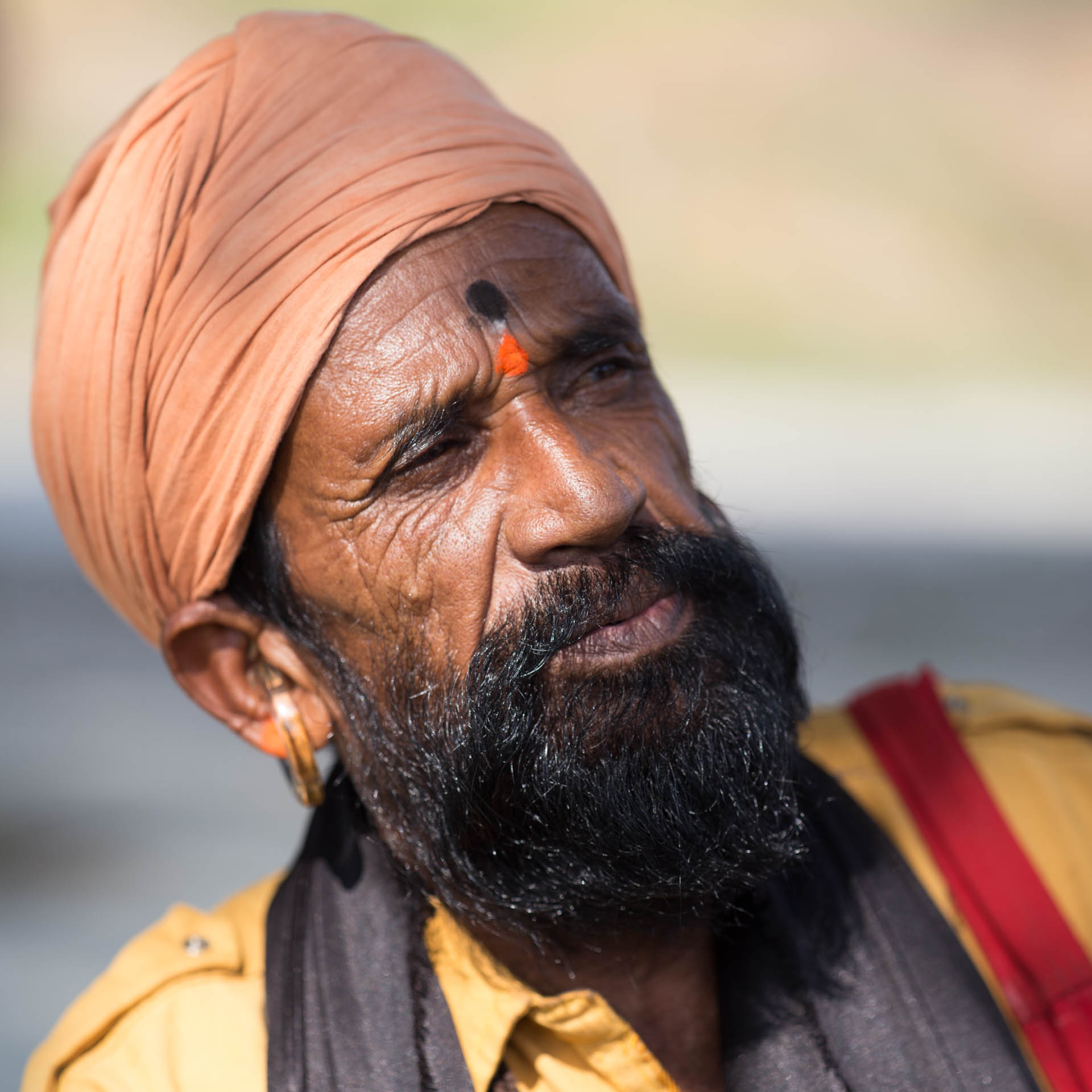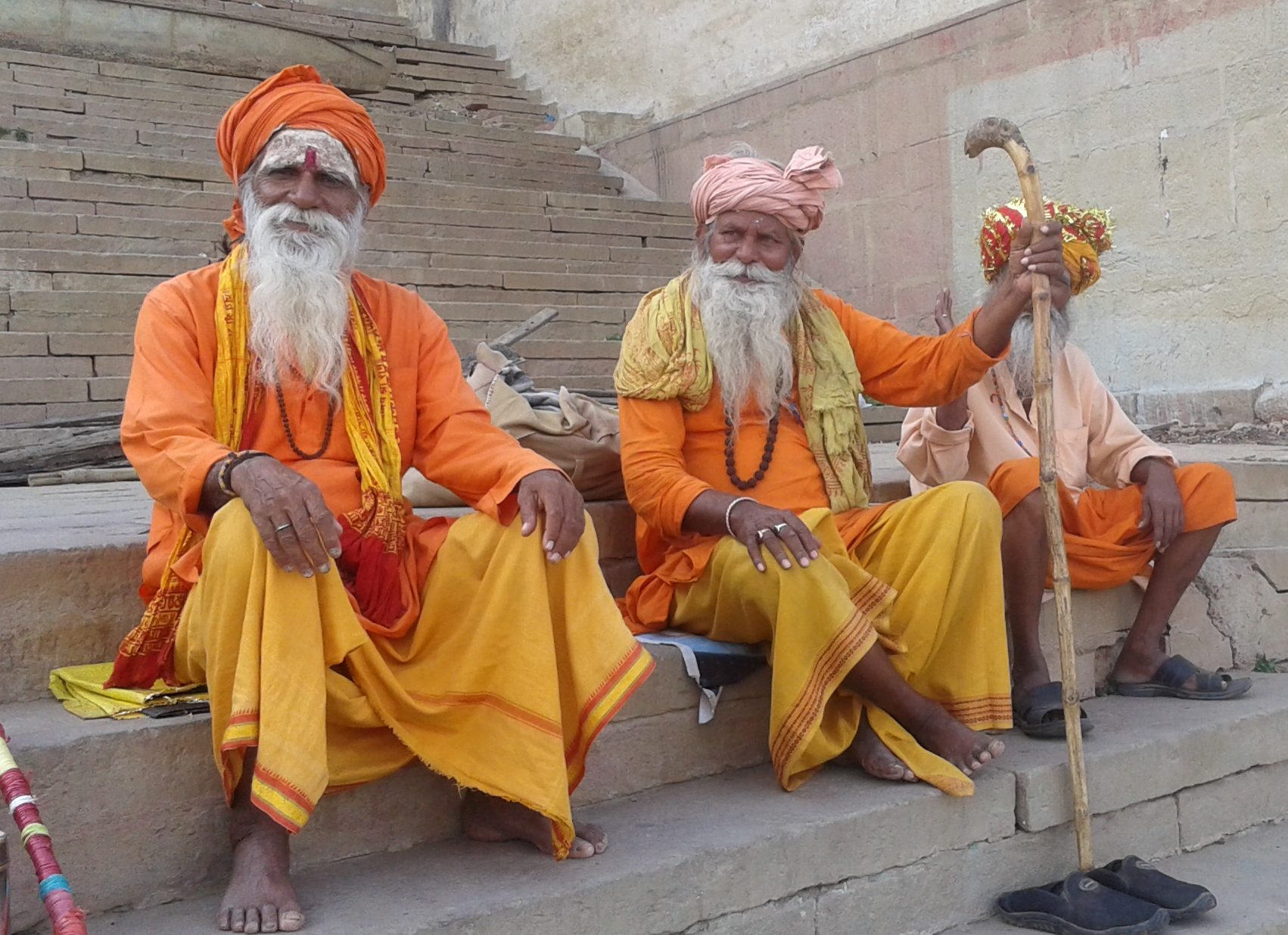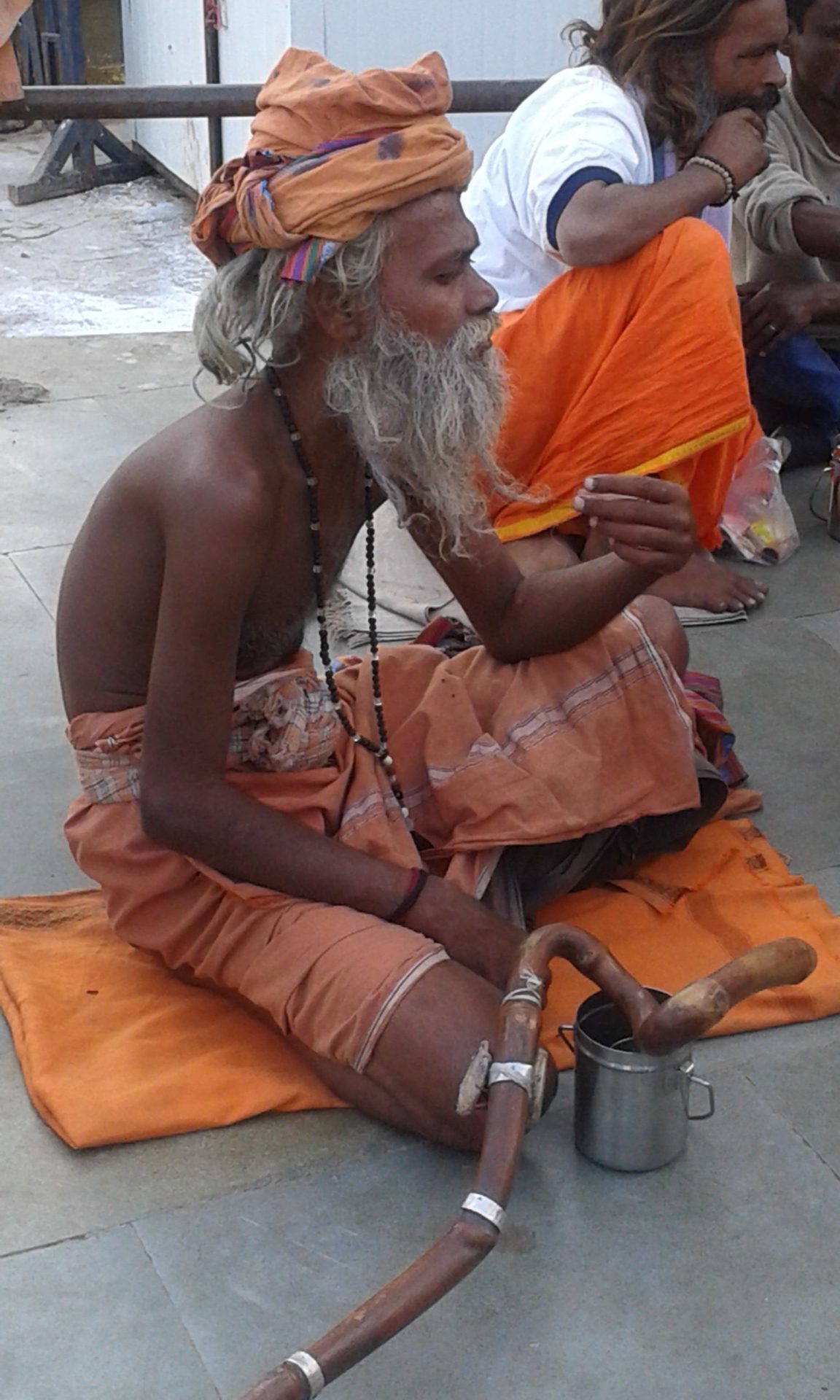May Calendar Sheet No. 5

Indian Sadhus- The Wandering Monks of India
They have turned away from worldly life, live without personal possessions and lead a strongly ascetic existence.
The Hindu monks have dedicated themselves to a divine life in order to detach themselves from worldly attachment and experience enlightenment through Hindu customs, yoga practices and spiritual rituals. Her life is strongly ascetic and characterized by self-castiation. Without worldly possessions, human ties, and wealth, they try to experience enlightenment through meditation and a yogic lifestyle in order to escape the eternal cycle of birth and rebirth.

Instead, they live in caves or temples, away from civilization, or move through India from one holy city to the next. They often commit self-torture, expose themselves to adverse weather conditions, hunger and thirst, lie on nail beds or hang upside down from trees. Many Sadhus are also volunteers and engage in humanitarian tasks.
Sadhus live on donations and alms from believers and pilgrims who see it as their duty to support Sadhus on their path to enlightenment. They also recognize the Sadhus as their spiritual proxies.
Hindu ethics sees the life of renunciation and retreat in order to experience spiritual redemption as the last of the four steps of a desirable Hindu life.

The body of the Sadhus is often covered with pure holy ashes instead of clothing, and their faces often have symbolic markings. Many Sadhus belong to the Shivaism tradition and follow the god Shiva. On their forehead are three white strips of ash, which symbolize the extinction of the three impurities (Mayas, which are responsible for limiting the divine state).
They also often wear Shiva’s trident, as well as dreadlocks (strongly matted hair) that symbolize the direct waistband with Shiva. After entering as a monk, the hair is shaved off and then never cut again as a sign of lifelong fidelity to Shiva.
Many Sadhus, like Shiva, smoke hashish for the purpose of meditation. Despite its illegality, its use for religious purposes is tolerated by the authorities.
If the “wandering monks” carry something more than just ashes on their bodies, it is usually a fabric in yellow, orange and red tones. These saffron colors are the colors of the sadhus. Saffron is sacred in India and yellow is the color of the earth that teaches humility. Orange is the color of the gods.

This Sadhu, which adorns the May calendar sheet, I met on a hike outside Udaipur in the Aravali mountains of Rajasthan. At that time he lived in a small village temple and devoted himself entirely to his spiritual practices.





